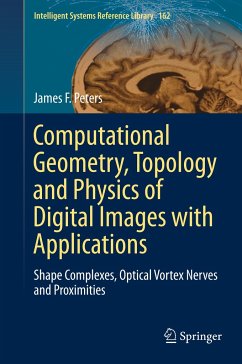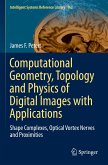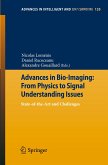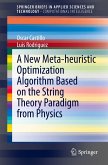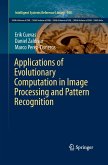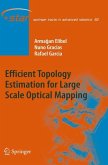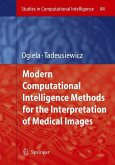This book discusses the computational geometry, topology and physics of digital images and video frame sequences. This trio of computational approaches encompasses the study of shape complexes, optical vortex nerves and proximities embedded in triangulated video frames and single images, while computational geometry focuses on the geometric structures that infuse triangulated visual scenes.
The book first addresses the topology of cellular complexes to provide a basis for an introductory study of the computational topology of visual scenes, exploring the fabric, shapes and structures typically found in visual scenes. The book then examines the inherent geometry and topology of visual scenes, and the fine structure of light and light caustics of visual scenes, which bring into play catastrophe theory and the appearance of light caustic folds and cusps. Following on from this, the book introduces optical vortex nerves in triangulated digital images. In this context, computationalphysics is synonymous with the study of the fine structure of light choreographed in video frames. This choreography appears as a sequence of snapshots of light reflected and refracted from surface shapes, providing a solid foundation for detecting, analyzing and classifying visual scene shapes.
The book first addresses the topology of cellular complexes to provide a basis for an introductory study of the computational topology of visual scenes, exploring the fabric, shapes and structures typically found in visual scenes. The book then examines the inherent geometry and topology of visual scenes, and the fine structure of light and light caustics of visual scenes, which bring into play catastrophe theory and the appearance of light caustic folds and cusps. Following on from this, the book introduces optical vortex nerves in triangulated digital images. In this context, computationalphysics is synonymous with the study of the fine structure of light choreographed in video frames. This choreography appears as a sequence of snapshots of light reflected and refracted from surface shapes, providing a solid foundation for detecting, analyzing and classifying visual scene shapes.

